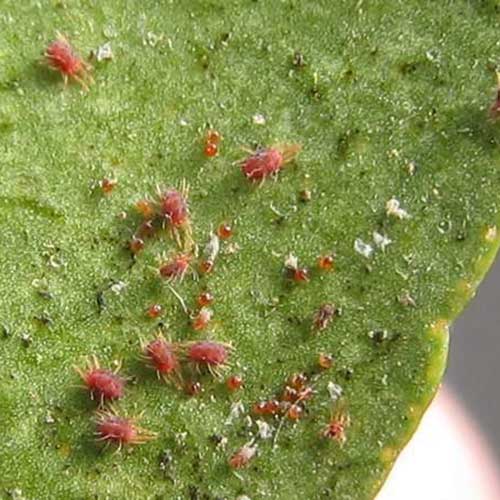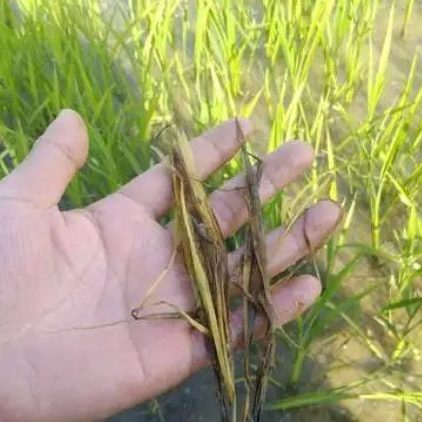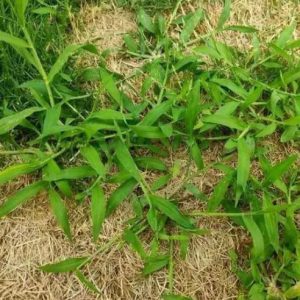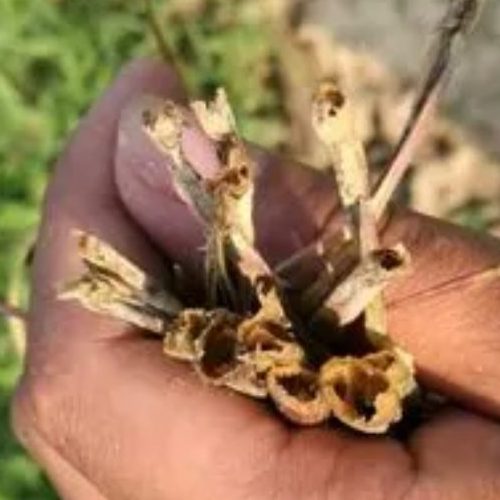
Shijiazhuang Youge Biotechnology Co., Ltd.: Only produces high-quality pesticide products to make farming easier for farmers around the world!
Product Catalog
Emamectin Benzoate
Spinosad
Bacillus thuringiensis
Spirodiclofen
Pyridaben
Etoxazole
Hexythiazox
Bifenazate
Propargite
Amitraz
Lufenuron
Thiamethoxam
Acetamiprid
Imidaclorprid
Nitenpyram
Flonicamid
Dinotefuran
Permethrin
Cypermethrin
Alpha cypermethrin
Beta cypermethrin
Fenvalerate
Lambda-cyhalothrin
Bifenthrin
Beta-cyfluthrin
Deltamethrin
Carbofuran
Carbosulfan
Methomyl
Carbaryl
Oxamyl
Chlorpyrifos
Dimethoate
Malathion
DDVP
Triazophos
Profenofos
Phoxim
Acephate
Fenitrothion
Diazinon
Monosultap
Cartap
Thiocyclam-hydrogen-xalate
Cyromazine
Pyriproxyfen
Tebufenozide
Buprofezin
Pyrethrins
Indoxacarb
Spirotetramat
Chlorfenapyr
Pymetrozine
Fipronil
Metaldehyde
Tebuconazole
Difenoconazole
Propamocarb
Penconazole
Mancozeb
Pyraclostrobin
Thiophanate methyl
Carbendazim
Chlorothalonil
Hexaconazole
Propineb
Dimethomorph
Propiconazole
Tricyclazole
Metalaxyl-M
Metalaxyl
Hymexazol
Copper oxychloride
Copper hydroxide
Benomyl
Flutriafol
Fosetyl-aluminium
Kresoxim-methyl
Triadimefon
Iprodione
Procymidone
Isoprocarb
Triadimenol
Streptomycin sulfate
Prochloraz
Fludioxonil
Prothioconazole
Boscalid
Thiram
Cymoxanil
Leave your message

What Does A Flea Look Like?
Flea, those tiny yet troublesome insects, are often challenging to spot due to their minuscule size. Measuring about 1/8 inch long, these pests possess a flat body, allowing them to easily navigate through fur or carpet fibers. Fleas range in color from dark brown to reddish-brown, with a hard exoskeleton covering their bodies. Their long hind legs are designed for jumping, enabling them to leap great distances relative to their size.
Examining Flea Bites
Flea bites can cause significant discomfort and irritation for both humans and animals. These bites typically appear as small, red bumps with a halo-like ring surrounding the central puncture site. Due to their feeding habits, fleas often target areas of the body where the skin is thin, such as ankles, wrists, and elbows. Individuals may experience intense itching and discomfort, leading to scratching and potential secondary infections.
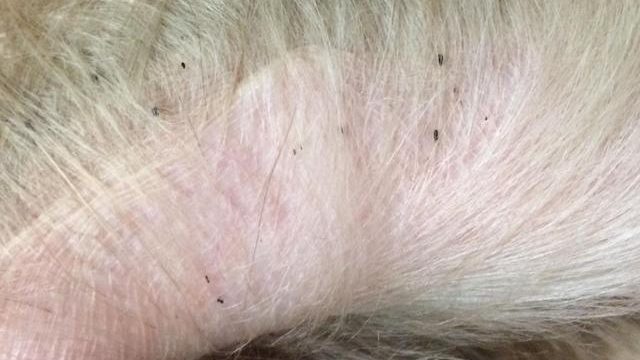
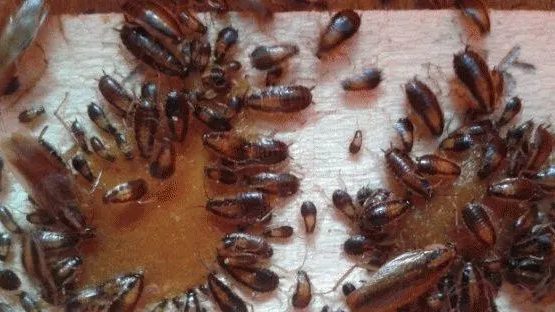
Identifying Flea Infestations
Detecting fleas in your home or on your pets requires careful observation and attention to detail. Look for signs such as flea dirt, which resembles small black specks, often found in pet bedding or on the skin. Additionally, excessive scratching or grooming behavior in pets may indicate the presence of fleas. Regular vacuuming and thorough cleaning of pet areas can help reduce the risk of infestation and control flea populations.
Preventing Flea Problems
Prevention is key to avoiding flea infestations and minimizing the risk of flea bites. Implementing routine grooming and flea control measures for pets is essential for keeping these pests at bay. Use veterinarian-recommended flea treatments and products to protect your furry companions from these pesky parasites. Furthermore, maintain a clean and hygienic living environment by regularly vacuuming carpets, washing bedding, and treating outdoor areas where fleas may thrive.
Conclusion
In conclusion, understanding the appearance of fleas and recognizing the signs of flea bites is crucial for effective pest management. By taking proactive measures to prevent flea infestations and protect both humans and pets, you can enjoy a comfortable and flea-free environment. Stay vigilant, stay informed, and take action to keep fleas at bay.

